A hole in the septum, or wall, that separates the heart's upper two chambers, or atria, is called an atrial septal defect (ASD). Being congenital means that the flaw existed from the moment the child was born. Certain ASDs are minuscule and never give rise to any issues. During infancy or the first few years following birth, some may close on their own. However, depending on how severe the symptoms are, people with symptomatic ASDs may require therapy in their childhood or maturity.
| Country | Cost | Local_currency |
|---|---|---|
| South Africa | USD 5000 | 95150 |
| United Arab Emirates | USD 10150 | 37250 |
| Thailand | USD 21500 | 766475 |
| Poland | USD 6000 | 24240 |
| Turkey | USD 8000 | 241120 |
Treatment cost
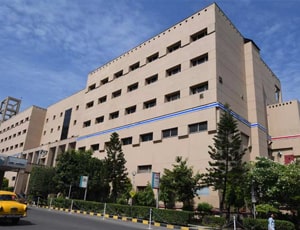
Types of Atrial Septal Defect (ASD) Repair in Apollo Multispecialty Hospitals and its associated cost
| Treatment Option | Approximate Cost Range (USD) | Approximate Cost Range (INR) |
|---|---|---|
| ASD Repair (Overall) | 5744 - 13347 | 452566 - 1131354 |
| Surgical Repair | 5613 - 9984 | 458336 - 833754 |
| Transcatheter ASD Closure | 6613 - 11299 | 561687 - 941783 |
| Robotic-assisted ASD Repair | 7771 - 13360 | 634885 - 1082676 |
DOCTORS IN 13 SPECIALITIES
FACILITIES & AMENITIES

Types of Atrial Septal Defect (ASD) Repair in Memorial Atasehir Hospital and its associated cost
| Treatment Option | Approximate Cost Range (USD) | Approximate Cost Range (TRY) |
|---|---|---|
| ASD Repair (Overall) | 9186 - 17112 | 266260 - 498804 |
| Surgical Repair | 8889 - 14917 | 276045 - 447913 |
| Transcatheter ASD Closure | 10165 - 15748 | 305285 - 467554 |
| Robotic-assisted ASD Repair | 11484 - 16714 | 344531 - 513477 |
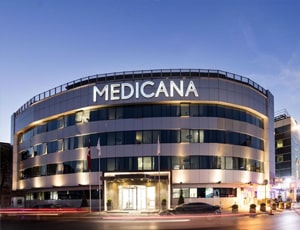
Types of Atrial Septal Defect (ASD) Repair in Medicana Bahcelievler Hospital and its associated cost
| Treatment Option | Approximate Cost Range (USD) | Approximate Cost Range (TRY) |
|---|---|---|
| ASD Repair (Overall) | 8952 - 17208 | 275525 - 502700 |
| Surgical Repair | 8910 - 14791 | 265998 - 436082 |
| Transcatheter ASD Closure | 10243 - 15574 | 303626 - 474458 |
| Robotic-assisted ASD Repair | 11335 - 16899 | 334348 - 519616 |

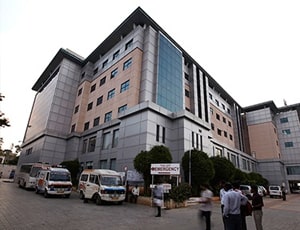
Types of Atrial Septal Defect (ASD) Repair in BGS Gleneagles Global Hospitals and its associated cost
| Treatment Option | Approximate Cost Range (USD) | Approximate Cost Range (INR) |
|---|---|---|
| ASD Repair (Overall) | 5512 - 13329 | 467210 - 1112927 |
| Surgical Repair | 5501 - 10213 | 461052 - 829884 |
| Transcatheter ASD Closure | 6678 - 11017 | 544884 - 926341 |
| Robotic-assisted ASD Repair | 7832 - 13718 | 643343 - 1097210 |
DOCTORS IN 14 SPECIALITIES
FACILITIES & AMENITIES
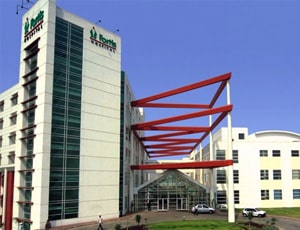
Types of Atrial Septal Defect (ASD) Repair in Fortis Hospital and its associated cost
| Treatment Option | Approximate Cost Range (USD) | Approximate Cost Range (INR) |
|---|---|---|
| ASD Repair (Overall) | 5078 - 12152 | 414204 - 997021 |
| Surgical Repair | 5072 - 9094 | 418016 - 746674 |
| Transcatheter ASD Closure | 6075 - 10136 | 498754 - 836080 |
| Robotic-assisted ASD Repair | 7086 - 12163 | 584783 - 999771 |
DOCTORS IN 12 SPECIALITIES
FACILITIES & AMENITIES
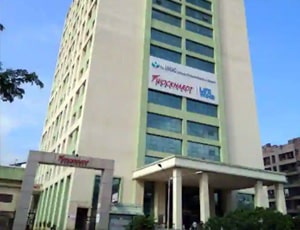
Types of Atrial Septal Defect (ASD) Repair in Wockhardt Hospital, Umrao and its associated cost
| Treatment Option | Approximate Cost Range (USD) | Approximate Cost Range (INR) |
|---|---|---|
| ASD Repair (Overall) | 5072 - 12196 | 418199 - 995810 |
| Surgical Repair | 5074 - 9090 | 416284 - 748860 |
| Transcatheter ASD Closure | 6116 - 10172 | 500448 - 830035 |
| Robotic-assisted ASD Repair | 7137 - 12151 | 583821 - 995688 |
DOCTORS IN 13 SPECIALITIES
FACILITIES & AMENITIES
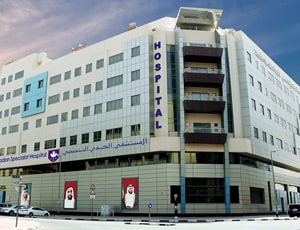
Types of Atrial Septal Defect (ASD) Repair in Canadian Specialist Hospital and its associated cost
| Treatment Option | Approximate Cost Range (USD) | Approximate Cost Range (AED) |
|---|---|---|
| ASD Repair (Overall) | 11493 - 21534 | 40990 - 79547 |
| Surgical Repair | 11340 - 16916 | 41470 - 62674 |
| Transcatheter ASD Closure | 12527 - 19109 | 45415 - 70383 |
| Robotic-assisted ASD Repair | 13921 - 21567 | 52559 - 80099 |
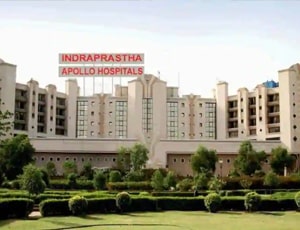
Types of Atrial Septal Defect (ASD) Repair in Indraprastha Apollo Hospital and its associated cost
| Treatment Option | Approximate Cost Range (USD) | Approximate Cost Range (INR) |
|---|---|---|
| ASD Repair (Overall) | 5564 - 13416 | 467768 - 1126690 |
| Surgical Repair | 5534 - 10100 | 463611 - 824911 |
| Transcatheter ASD Closure | 6757 - 11447 | 545960 - 903810 |
| Robotic-assisted ASD Repair | 7964 - 13414 | 653658 - 1094953 |
DOCTORS IN 14 SPECIALITIES
FACILITIES & AMENITIES
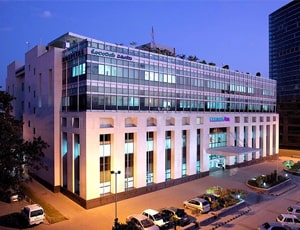
Types of Atrial Septal Defect (ASD) Repair in Manipal Hospital, Yeshwantpur and its associated cost
| Treatment Option | Approximate Cost Range (USD) | Approximate Cost Range (INR) |
|---|---|---|
| ASD Repair (Overall) | 5730 - 13353 | 457418 - 1088021 |
| Surgical Repair | 5722 - 10231 | 466994 - 826618 |
| Transcatheter ASD Closure | 6745 - 11038 | 554156 - 924274 |
| Robotic-assisted ASD Repair | 7935 - 13404 | 633332 - 1119789 |
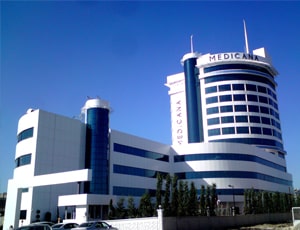
Types of Atrial Septal Defect (ASD) Repair in Medicana Konya Hospital and its associated cost
| Treatment Option | Approximate Cost Range (USD) | Approximate Cost Range (TRY) |
|---|---|---|
| ASD Repair (Overall) | 8857 - 16893 | 272780 - 518799 |
| Surgical Repair | 9022 - 14764 | 265776 - 449438 |
| Transcatheter ASD Closure | 10050 - 15993 | 309080 - 473767 |
| Robotic-assisted ASD Repair | 11213 - 17080 | 331697 - 499668 |
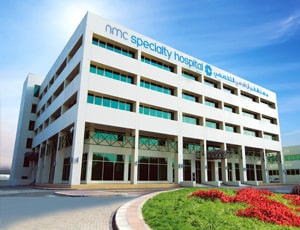
Types of Atrial Septal Defect (ASD) Repair in NMC Specialty Hospital - Al Ain and its associated cost
| Treatment Option | Approximate Cost Range (USD) | Approximate Cost Range (AED) |
|---|---|---|
| ASD Repair (Overall) | 11379 - 21041 | 42535 - 76811 |
| Surgical Repair | 11606 - 16995 | 41283 - 61319 |
| Transcatheter ASD Closure | 12248 - 19117 | 46117 - 69162 |
| Robotic-assisted ASD Repair | 14169 - 21727 | 51136 - 79357 |
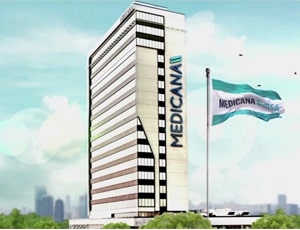
Types of Atrial Septal Defect (ASD) Repair in Medicana Bursa Hospital and its associated cost
| Treatment Option | Approximate Cost Range (USD) | Approximate Cost Range (TRY) |
|---|---|---|
| ASD Repair (Overall) | 9016 - 16908 | 271640 - 503863 |
| Surgical Repair | 8897 - 14700 | 274209 - 432180 |
| Transcatheter ASD Closure | 10157 - 15975 | 305258 - 473094 |
| Robotic-assisted ASD Repair | 11493 - 16538 | 332098 - 509606 |
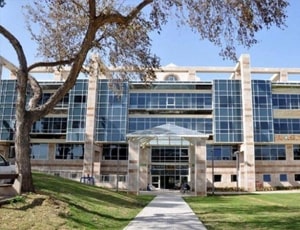
Kaplan Medical Centre located in Rehovot, Israel is accredited by JCI. Also listed below are some of the most prominent infrastructural details:
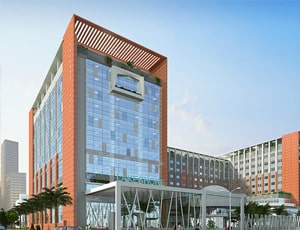
Types of Atrial Septal Defect (ASD) Repair in VPS Lakeshore Hospital and its associated cost
| Treatment Option | Approximate Cost Range (USD) | Approximate Cost Range (INR) |
|---|---|---|
| ASD Repair (Overall) | 5050 - 12148 | 416784 - 999025 |
| Surgical Repair | 5066 - 9138 | 414696 - 746022 |
| Transcatheter ASD Closure | 6116 - 10126 | 499003 - 831176 |
| Robotic-assisted ASD Repair | 7103 - 12230 | 580039 - 995086 |
DOCTORS IN 13 SPECIALITIES
FACILITIES & AMENITIES
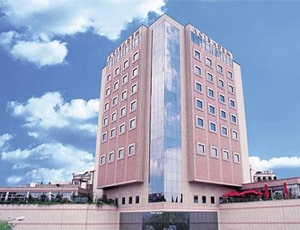
Types of Atrial Septal Defect (ASD) Repair in Acibadem Bakirkoy Hospital and its associated cost
| Treatment Option | Approximate Cost Range (USD) | Approximate Cost Range (TRY) |
|---|---|---|
| ASD Repair (Overall) | 8931 - 16991 | 276114 - 505460 |
| Surgical Repair | 8980 - 14537 | 272528 - 448160 |
| Transcatheter ASD Closure | 10344 - 16007 | 301099 - 465004 |
| Robotic-assisted ASD Repair | 11452 - 17200 | 341479 - 512642 |
Atrial Septal Defect is a congenital heart defect in which there is a hole in the wall (septum) between the upper chambers of the heart (atria). This hole allows blood to flow between the atria, which leads to increased blood flow to the lungs. While small ASDs may not cause any significant concerns, whereas larger ones may require medical attention, such as surgical repair, to prevent complications.
The main reason for atrial septal defects remains elusive, manifesting as an alteration in the heart's structure during fetal development. The intricate process of the baby's heart formation is an essential stage for the emergence of this condition.
ASDs may arise due to the following factors, including
Atrial septal defects (ASDs) may be better understood by considering the normal functioning of the heart, which has four chambers – two atria and two ventricles. The right side of the heart directs blood to the lungs for oxygenation, while the left side pumps oxygenated blood throughout the body via the aorta. A significant ASD can lead to an excess flow of blood to the lungs, straining the right side of the heart. If left untreated, this can result in the enlargement and weakening of the right heart chamber and an elevation in pulmonary artery pressure, Causing pulmonary hypertension.
There are different types of ASDs classified based on the Location and the size of the hole, these include:
Atrial septal defect (ASD) repair is used to close a hole in the septum, There are different methods for repairing ASD, and the choice of procedure depends on the size, the position of the defect, and the patient's general health the determining factors in choosing the appropriate treatment.
Here are the common ways of treatment:
Post-surgery, patients usually have a short hospital stay, with transcatheter closure requiring 1-2 days and open-heart surgery lasting 3-7 days, sometimes involving ICU transfer to continue monitoring. A comprehensive recovery plan involves regular follow-up appointments, dietary adjustments, wound care, and emotional support. Additionally, effective pain management, adherence to activity restrictions, and a gradual return to normal activities are crucial components of the recovery process.
Ask your healthcare adviser for the best multiple options and choose the one that meets your expectations